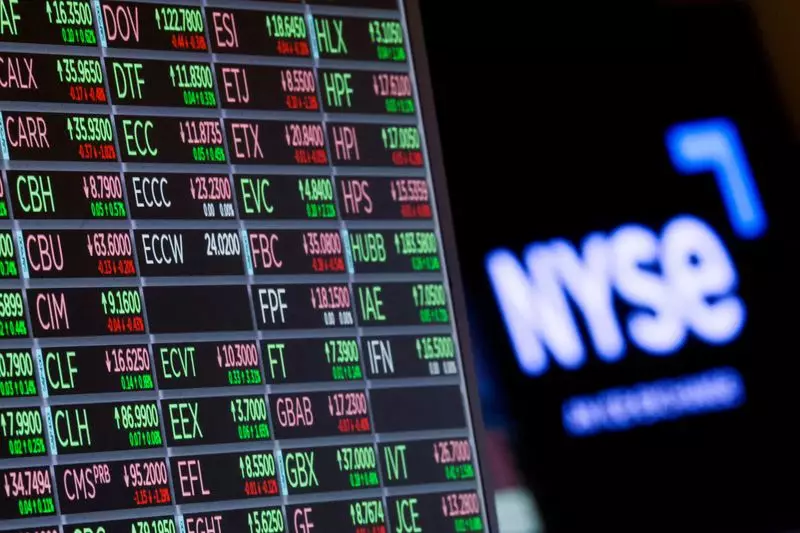As the trading year draws to a close, major U.S. indices are reflecting an upward momentum that underscores a remarkable year for investors. As of the last trading day in 2024, the S&P 500 index had surged by over 1%, the Dow Jones Industrial Average showed a modest increase of about 0.3%, and the NASDAQ Composite demonstrated slight gains of 0.04%. These performances highlight a trend of recovery and growth, particularly as investors recalibrate their strategies in preparation for the upcoming year. With all primary indices nearing historic highs, the projected outcomes suggest that investors have capitalized remarkably well throughout this year.
The NASDAQ is touted to exhibit a robust annual gain of approximately 30%, while the S&P 500 anticipates an increase of over 24%. The DJIA has not been left behind, rising more than 13%. This resurgence marks the best performance for these key indices since they experienced significant gains in 2021, signifying a return of investor confidence and market stability that had seemed elusive in earlier years.
A notable driver of growth has been the technology sector, which has consistently performed well throughout the year. Despite a volatile environment, characterized by fluctuating interest rates primarily due to rising treasury yields, tech stocks have shown resilience. Investors have found significant value amidst these fluctuations, indicating a well-calibrated market response to both opportunities and risks.
However, this success isn’t without complications. Rising treasury yields tend to make bonds more attractive as safer investment vehicles, which can detract from the equities market. Specifically, Bank of America has voiced caution regarding megacap stocks, declaring them “expensive and crowded.” Their preference for mid-cap equities is a strategic pivot that may yield better opportunities in 2025, signaling a potential shift in investment focus going forward.
Among the numerous firms reflecting this market dynamic, Tesla stands out with a slight increase of 0.3% following news from Xinhua, the Chinese state news agency. Reports indicate that Tesla’s energy storage gigafactory in Shanghai has commenced trial production just months after construction began. This development underscores Tesla’s robust growth trajectory and strategic expansion in the Asian market, with full production operations expected to begin shortly.
In contrast, Boeing has faced a tumultuous day with a stock increase of 0.8% after experiencing hefty losses following a tragic plane crash in South Korea, which claimed 179 lives. Such incidents drastically impact stock perceptions and highlight the inherent risks associated with investments in aviation, further complicating Boeing’s recovery amid its operational challenges.
As the economic calendar remains sparse with the holiday season approaching, the focus shifts to upcoming economic indicators that could impact market directions in early 2024. Investors are keenly awaiting the Institute of Supply Management’s manufacturing activity survey for December and weekly jobless claims reports. These indicators are critical for gauging the health of the U.S. economy and will undoubtedly influence market sentiment as 2024 unfolds.
Additionally, crude oil prices experienced a modest uptick on the last trading day, with U.S. crude futures edging up by 0.7% and Brent contracts rising by 0.5%. Despite these increases, the outlook for crude prices remains cautious as they are anticipated to end lower for the second consecutive year, primarily due to ongoing demand concerns in leading consumer markets.
China’s manufacturing sector presented mixed signals, expanding in December albeit at a slower-than-expected pace. This expansion follows new stimulus measures aimed at bolstering economic activity. The future dynamics of oil demand will heavily depend on China’s ability to stabilize and revive its economy, particularly against the backdrop of potential oversupply risks stemming from anticipated production increases in non-OPEC nations.
The close of 2024 paints a complex picture of growth and caution within the U.S. market landscape. While the impressive year-end figures across major indices signal robust investor interest, underlying concerns tied to treasury yields and global economic health may dictate future investment strategies. As stakeholders look forward to 2025, the need for a balanced approach to equities and broader economic factors will be crucial for navigating the uncertainties that lie ahead.

